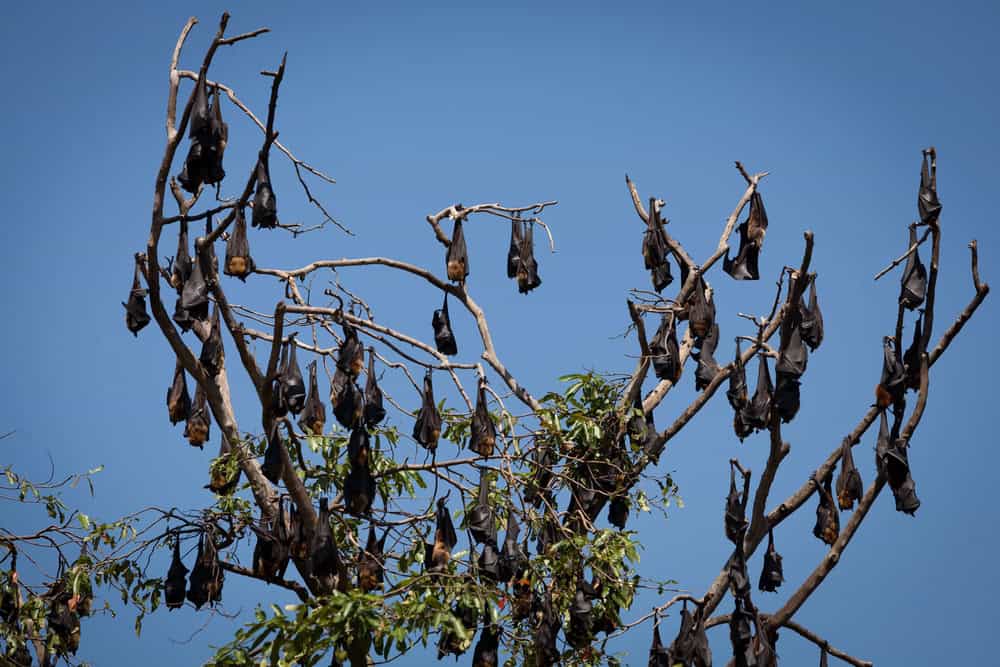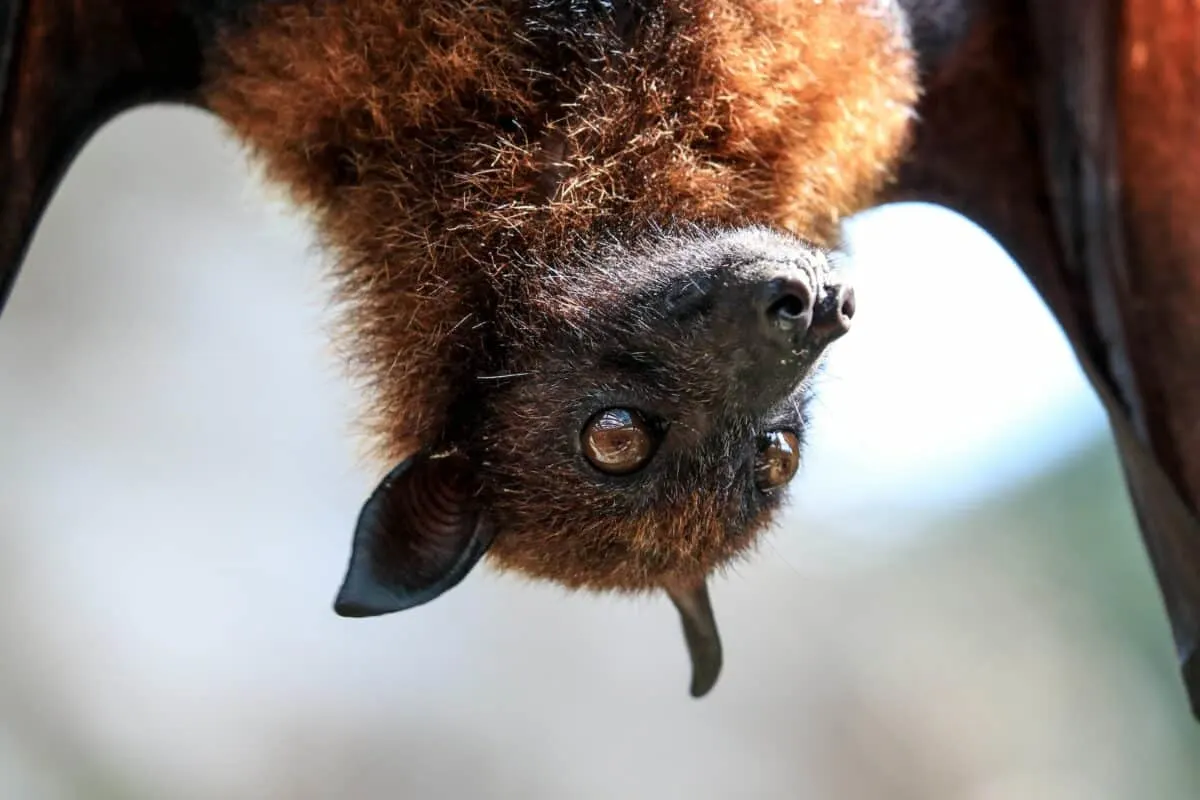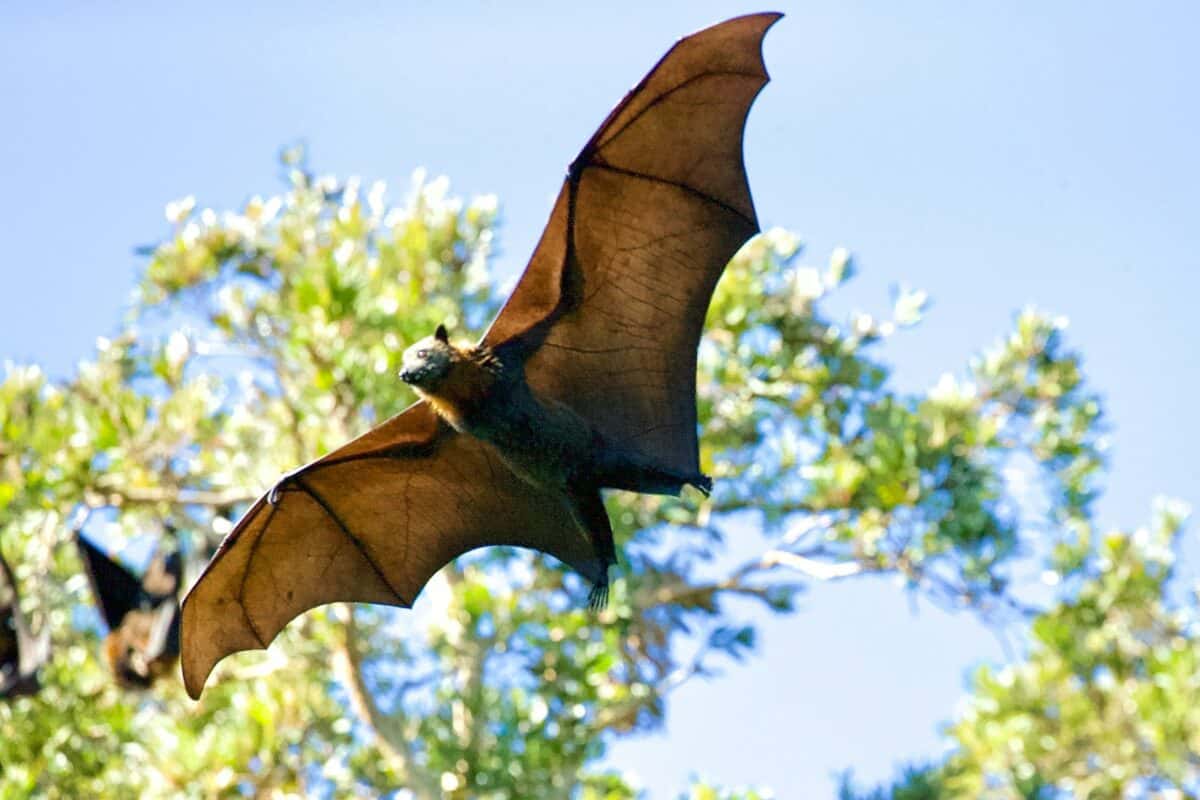The phrase “as blind as a bat” is commonly used to describe someone with poor vision. But how accurate is this saying when it comes to the actual eyesight of bats? Despite the widespread belief that bats are blind, these fascinating creatures have complex and adaptive visual abilities. Let’s delve into the world of bats and unveil the truth!
Understanding the Myth

The myth that bats are blind likely originated from their nocturnal lifestyle and reliance on echolocation for navigation. They often fly under the cover of darkness, leading people to assume they must have poor vision. However, this couldn’t be further from the truth.
Bats Have Eyesight

Contrary to popular belief, bats do possess eyes and are far from blind. Although their eyes are often small, bats can see quite well. The size and structure of a bat’s eyes vary depending on the species and their specific environmental needs.
The Role of Echolocation

While bats do use echolocation—a system similar to sonar—to navigate and hunt insects in the dark, this doesn’t mean they can’t see. Echolocation allows them to ‘see’ with sound by emitting calls and listening for returning echoes, but they can use both sound and vision to orient themselves.
Daytime and Nocturnal Vision

Bats that are active during the day often have better color vision compared to strictly nocturnal bats. Nocturnal species tend to have rod cells that facilitate low-light vision, enabling them to navigate the night efficiently.
Vision Varies by Species

There are over 1,400 species of bats, and their vision can differ significantly. For instance, fruit bats (or flying foxes) have excellent eyesight and rely heavily on their vision during the day and night. In contrast, smaller insectivorous bats might depend more on echolocation due to their nighttime activities.
Ultraviolet Perception

Some bats can perceive ultraviolet light. This ability helps them track and capture prey, as many flying insects reflect UV light, making them more visible against the night sky.
The Color Vision of Bats

Research indicates that some bats have dichromatic vision, meaning they can distinguish between different colors. This ability is especially true for certain fruit bat species that detect ripe fruits and flowers, which are crucial for their diet and pollination activities.
Adaptations for Night Vision

Many bats have eyes that are adapted for night vision, with features like a tapetum lucidum, a layer of tissue behind the retina that enhances vision in low light by reflecting visible light through the retina.
Bat Eye Structure

Bats have specialized eyes tailored to their unique lifestyles. Some species have eyes that are forward-facing, providing them with depth perception essential for navigating in densely packed environments like forests.
Scientific Studies on Bat Vision

Numerous studies involving tests on bat vision have confirmed that many species have functional vision, debunking the myth of blindness. Their visual acuity has proven vital for their survival, complementing their echolocation abilities.
Behavioral Observations

Observations of bats reveal that visual cues play a critical role in their social interactions. This is especially true for species that form large colonies. They utilize both vocal and visual signals for communication and social behaviors.
The Amplitude of Bat Eyesight

The scope and clarity of a bat’s eyesight are often underestimated. Bats can see in various lighting conditions, using both echolocation and visual data to successfully navigate and hunt.
Conclusion: Seeing Bats in a New Light

The saying “as blind as a bat” couldn’t be more misleading. These fascinating creatures possess an impressive set of sensory tools, combining echolocation with adaptable visual systems to thrive in their environments. From ultraviolet perception to varied color vision, bats use their eyesight in incredible ways that can inspire awe and dispel myths. Understanding bats’ true capabilities allows us to appreciate these remarkable mammals even more.
- Are Bats Really Blind? The Truth Will Surprise You - August 13, 2025
- Hummingbirds Need to Eat Every 10 Minutes Just to Stay Alive - August 13, 2025
- 14 Marine Mammals That Are Smarter Than You Think - August 13, 2025

